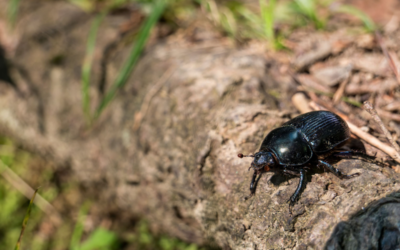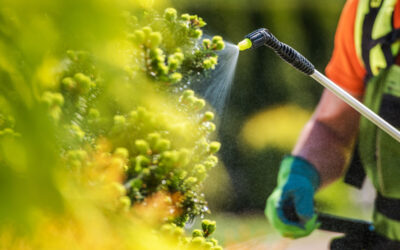Last year, Denver Water celebrated its 100th anniversary. In 1918, Denver residents voted to buy the Denver Union Water Company and form the municipal agency now known as Denver Water.
In Colorado, the water year starts Oct. 1 and runs through Sept. 30, since that typically covers the full cycle of snow falling, melting, being collected and then used by our customers through peak irrigation season.
A Stage 2 drought was declared in 2002 with watering restrictions in effect from May 1 to Oct. 1 for Denver Water customers. Since 2011, the reservoirs serving Denver Water have not been full.
The 2018 water year was the 10th driest in terms of stream flows across Denver Water’s 4,000-square-mile collection system, according to Nathan Elder, manager of water supply for Denver Water. While 2018 started out with good water supply levels, but the amount of water measured in streams by gauges was 63 percent of normal. And residents were again under water restrictions.
It’s too early to tell if this year’s snowfall will outpace the year prior. The U.S. Drought Monitor shows conditions have improved only marginally since the summer 2018. Experts say that we’ll have to wait until spring 2019 when runoff season begins to know if water is up or down in our futures.
November 2018 forecasts suggest moderate snowfall due to El Niño. According to NOAA’s Physical Sciences Division at the Earth Systems Research Laboratory For Colorado, an El Niño winter brings an increased risk of wet extremes and a decreased risk for dry extremes for the eastern plains. The eastern half of the state tends to receive greater than average snowfall during an El Niño, and it’s also common for the northern mountains and Yampa valley to see less than average snow in an El Niño winter.
Homeowners continue to plant trees even in drought conditions. And the Colorado State Forest Service recommends watering newly planted trees deeply and slowly so that the water moistens the critical root zone near the trunk of the tree to dripline and to a depth of 12 inches. Use a deep root flor or needle, a soaker hose or soft spray wand. And don’t insert it deeper than 8 inches. Consistent moisture is essential. Drought stressed or over-watered trees are more vulnerable to disease and insect infestations.
Newly planted trees need to be watered every three to five days during growing season in Denver. Newly planted trees also need water at least once a month during dry winter months.
The proper amount of water to use is 10 gallons of water per inch of tree diameter.
When planting your tree, prepare the ground around it so that water readily absorbs into the ground. Leave at least 6” of bare earth around the tree and apply organic mulch at a depth of 3 to 4 Inches.
With Denver Water imposing watering restrictions for the past several years, it’s likely that will be the case again in 2019. That said, give consideration to drought-resistant trees and shrubs, rocks in lieu of lawn, and pots filled with flowers vs. extensive flower beds.
For the best advice on care and maintenance of your trees and shrubs, contact the pros at Donovan Arborists now and beat the rush!




